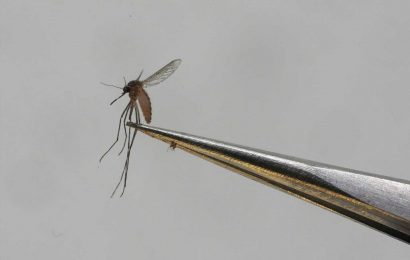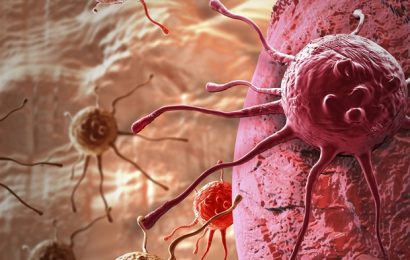In a paper published in NANO, a team of researchers from Jiangnan University, China have prepared a convenient sensing platform which can detect microRNA-205 (MiR-205) with high sensitivity and excellent selectivity using TpTta-COF nanosheet and fluorescent oligonucleotide probes.
Nasopharyngeal carcinoma (NPC) is a kind of malignant cancer derived from the epithelial cells, which shows an apparent regional aggregation with a high prevalence in Southern China and Southeast Asia. With the ongoing improvement of radiotherapy technology, the therapeutic effect of NPC patients has been increased significantly. However, the easy recurrence and metastasis still cause the poor prognosis of NPC patients.
Many researches indicated that radiation resistance may be a major obstacle leading to residual or recurring of tumor continues and it was also thought to be the main cause of treatment failure for NPC. An important attribute of MiR-205 is their potential use as predictive biomarker for anti-radiation of nasopharyngeal carcinoma (NPC), and it is pivotal to monitor the dynamic change of MiR-205 for personalized precise treatment.
There are several methods aiming at detecting MiR-205 while rarely has worked out questions such as limited complex detection processes, poor sample detection limit or spending lots of time. Therefore, a method for detecting MiR-205 based on 2D COF nanosheets and fluorescent oligonucleotide probe was constructed and invested of the fluorescent single-stranded DNA (ss-DNA) probes through fluorescence resonance energy transfer (FRET).
2D COF materials could adsorb single-stranded DNA (ss-DNA) because of π?π stacking interaction. The fluorescence of the dyes will be quenched through fluorescence resonance energy transfer. Dye-labeled ss-DNA binds to 2D COF, and the fluorescence is recovered upon its specific interaction with the target biomolecules.
The degree of fluorescence recovery is dependent on the conditions in the reaction environment, and it is also affected by the concentration of COF particles. By monitoring the fluorescence intensity of the biosensing platform, the concentration of target miRNA in the solution can be reflected, which indicated the feasibility of constructing the foundation for the quantitative determination of miRNA.
The results show that the method enables to capture MiR-205 sensitively in aqueous solution with a detection limit of 4.78 nM in the range 0-500 nM and R2= 0.989, and the method offers great specificity in that it can distinguish the target miRNA from mismatch non-target miRNAs. Considering its simple operability and excellent specificity, it has great application prospects in the detection of miRNA biomarker in clinical diagnosis and personalized treatment plan.
World Scientific
Posted in: Device / Technology News | Medical Science News
Tags: Biomarker, Cancer, Carcinoma, DNA, Education, Fluorescence, FRET, Imaging, Laboratory, Malignant, Metastasis, MicroRNA, Molecular Imaging, Radiotherapy, Research, Tumor
Source: Read Full Article


